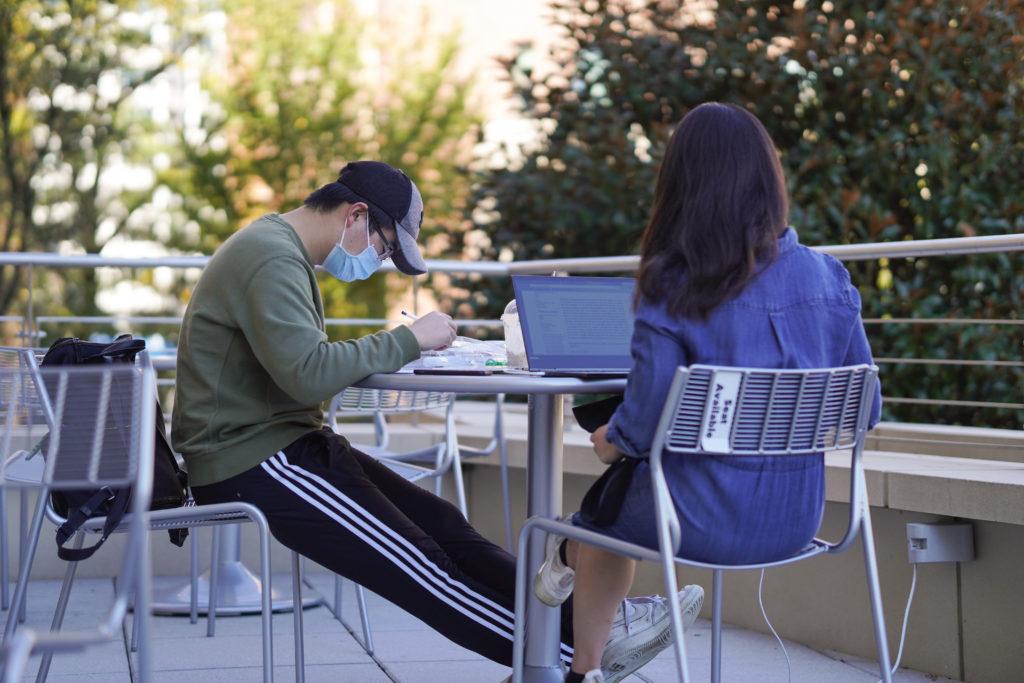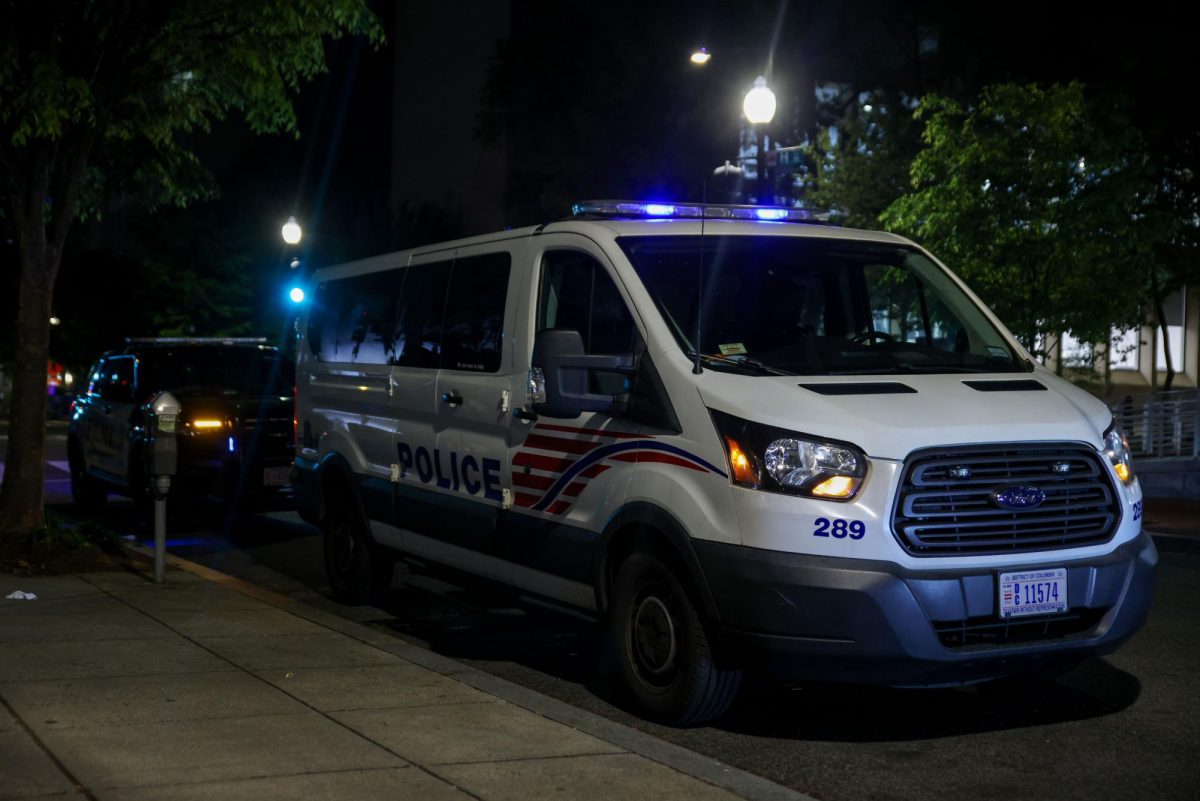As medical experts gather more information about the COVID-19 pandemic, they recommend continuing to wear masks in public spaces and avoiding indoor dining.
Half a year into the pandemic, the Centers for Disease Control and Prevention has changed its coronavirus guidelines several times, but experts in public health said limiting outings and contact to a small group of people are still essential to prevent the spread of the virus. The White House has offered conflicting guidelines for navigating the pandemic, but as winter and the holidays approach, experts said wearing a mask and maintaining social distancing is still critical in stopping the spread of COVID-19.
As colder temperatures near, people are beginning to explore which indoor and outdoor activities they can partake in while maintaining a low risk for the transmission of the virus.
More than 8 million Americans have been infected with COVID-19 and 219,000 people have lost their lives in the United States since the pandemic began. Experts said lower humidity levels and reopening of schools could be contributing to nationwide upticks in COVID-19 cases.
Here’s what public health experts recommend to stay safe this winter:
Visiting friends indoors
Paul Beninger, an associate professor of public health and community medicine at Tufts University, said people should consider a room’s size and air filtration system when deciding whether to spend time indoors. He said a study from the beginning of the pandemic found that in a crowded restaurant with about 100 people, one person infected with COVID-19 infected almost everyone on one side of the restaurant due to poor air circulation.
“If you’ve got very poor filtration because there’s not a flow of air going on what you’re doing is breathing the same basic air,” he said. “And if it’s dense, one person who may have COVID could easily spread it to other people.”
Jacob Bor, an assistant professor of global health and epidemiology at Boston University, said he recommends keeping a “pod” of people, which could include roommates or close friends, that can interact with each other inside without masks. Bor said the likelihood of transmission outside is low as long as people are maintaining a distance of at least six feet apart.
“One of the difficult things about mask use is having one of those conversations with friends and you know, ‘Hey is it OK if we wear masks while we hang out?’ and that can be a little tricky at first,” he said. “But I actually found that people appreciate it when you have those conversations up front, and it’s substantially reduces risk of transmission.”
He said people should leave the house to exercise and get fresh air, but they should be sure to maintain proper distance from anyone they may encounter. He said as the weather gets colder, people should consider engaging in outdoor activities, like ice skating or walking, with just a few friends.
“Get out of the house absolutely, go out in the rain and in the snow,” he said. “Get exercise. This is something transmitted mostly indoors but mostly from being close proximity to other people or an indoor place where someone else has recently been COVID-infected.”
Traveling
Bor said travelers should abide by laws in each state so state health officials can provide contact tracing and prevent the spread of the virus.
D.C. officials are requiring travelers from dozens of high-risk states to quarantine for two weeks after arriving in the District, and officials are discouraging people from taking non-essential trips outside the city.
“A responsible thing to do is to get tested before you travel, make sure you’re not traveling with any symptoms and had no recent exposure to COVID and to follow state regulations around testing and quarantine,” he said.
Beninger said flying on planes can pose a low infection risk if COVID-19 precautions, like social distancing and mask wearing, are taken because planes have relatively strong air circulation, which can reduce the risk of coming in contact with the virus.
“Especially if you’re wearing gloves and you’re wearing a mask and you’re minimizing the situation and the contact, I think all those things keep the risk down to a very low level,” he said. “Not zero, but people have to go about their business and get things done.”
Harold Slavkin, a professor of dentistry at the University of Southern California, said frequent hand washing can prevent people from spreading the virus to surfaces they touch, including their nose and mouth.
“The reason for washing hands is primarily when people touch their faces, which basically transfers something that might be on your hands onto your nose and mouth,” Slavkin said. “The increase of hand washing with warm water is an important piece of the public health suggestions for how to cope with this crazy era that we’re all going through.”
Eating at restaurants
Bor, the BU professor, said people should remain cautious about interacting with those outside the pod and avoid eating inside restaurants until community infection rates are “sufficiently low.”
“We know how COVID transmits is most indoors, poorly ventilated spaces, proximity to other people without masks,” Bor said. “You cannot wear a mask when you eat. People don’t go out to eat to just eat. People go out to eat, talk. Especially loud talking along with singing is one way COVID spreads.”
Slavkin, the USC professor, said eating outside or ordering takeout is still a safer option than eating inside a restaurant.
“So it’s outdoor dining with six feet separation between tables, everyone wearing masks including the waiters, including a plastic shield,” he said. “Or you can do takeout. And the only reason for going inside is to pick up an order to take home.”








